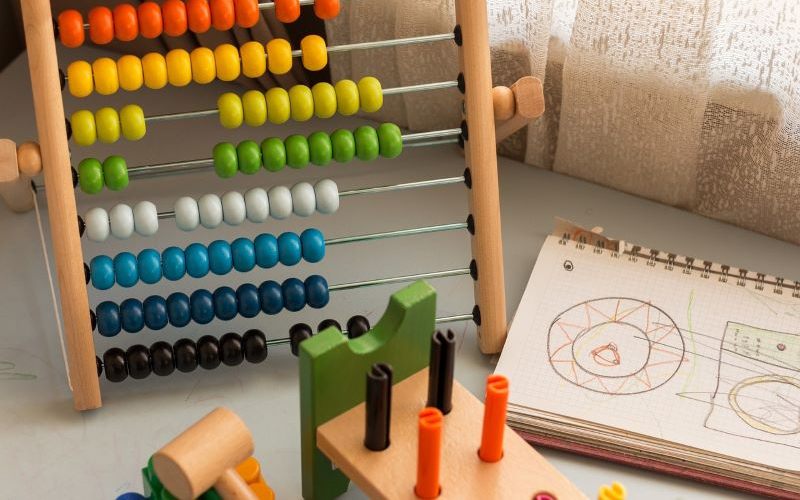The number of brokers who reported more than 10% of their clients were stressed about home loan repayments halved from 49% to 24% in a year.
The finding comes from a Mortgage & Finance Association of Australia (MFAA) survey conducted in February, coinciding with Australia's first cut in the cash rate in more than four years.
The national survey of mortgage brokers also found 42% of their clients were finding it harder to refinance their loans, compared to 83% 12 months ago.
The MFAA, the peak body for mortgage and finance brokers, said the results show "cautious optimism" with about one-third of brokers reporting their clients were feeling "positive" about their financial outlook.
However, around half said their clients remained "neutral".
MFAA CEO Anja Pannek said it was clear from the survey that home loan borrower sentiment had improved since previous surveys.
Serviceability roadblocks remain
But she said one theme that continues to feature is the difficulty in refinancing loans because of serviceability requirements.
"Twelve months ago, we had 83% of mortgage brokers saying 'God, it's harder than it's been'," Ms Pannek told the Savings Tip Jar podcast.
"This time we went out and something like 42% said it's harder. Now does that mean it's better overall?"
Listen to the podcast with Mortgage & Finance Association of Australia CEO Anja Pannek
Ms Pannek said brokers report the number one difficulty with refinancing loans is the serviceability buffer.
What is the serviceability buffer?
The buffer is set by banking regulator APRA, requiring lenders to assess home loan applications as though the interest rate is 3% higher than the rate being offered.
It's designed as a built-in safeguard to ensure borrowers will be able to cope with any future interest rate increases.
The rate was set at 3% in October 2021, rising from 2.5%, and has remained at that level ever since.
Supporters of the serviceability buffer say it's one reason Australian borrowers were able to weather the 4% climb in the cash rate post-pandemic.
Call to lower the buffer
But Ms Pannek said the 3% buffer has served its purpose.
"The question we've got to ask is, are interest rates going to go up another 300 basis points?
"We participated in the home ownership and financial regulation inquiry late last year and we put forward a proposal that the buffer should probably be dynamic - it goes up where the risk is interest rates will increase and comes down accordingly."
APRA has no set schedule for reviewing the buffer but is also facing political pressure to lower the rate to allow more homebuyers to enter the property market.
Buffer in Coalition sights
With housing a major issue in the federal election campaign, the Coalition has promised to strongarm APRA into lowering the buffer rate if it wins government.
Opposition housing spokesperson Michael Sukkar said the buffer was "overly cautious" and a Coalition government would "reform" APRA to drive home ownership.
Ms Pannek agrees home ownership is important to Australians and the buffer can be lower without introducing systemic risk in the lending system.
"Let's not forget that responsible lending is still in place. Mortgage brokers have best interest duty overall.
"I agree broadly that regulators can be a bit too stiff and reticent to change and [need to] be a bit dynamic."
Case for flexibility
The Labor government has also called on APRA and non-bank regulator ASIC to allow flexibility in applying the buffer to those with student debts.
Earlier this month, Australia's largest home lender CommBank confirmed it is "piloting" dropping the serviceability buffer to 1% for those due to pay off student debt within five years.
HECS and other student debts would also not be counted in home loan applications if they were due to be paid off with a year.
There is also some flexibility permitted within the system to apply a 1% buffer to certain refinancers, and quarterly banking data released by APRA shows serviceability exceptions and waivers reached record highs of $8.34 billion and $4.93 billion respectively.
The level of exceptions has doubled since banks started exempting some refinancers in mid-2023.
But Ms Pennek said the criteria is still restrictive.
"There's probably a handful of lenders, maybe seven or eight, some of the majors, some others as well, that will allow a refinance using a 1% buffer.
"But what we've found is the criteria is really, really strict. If you've got even the slightest blemish on your credit record, generally the lender will say no."
Ms Pannek said it's timely the 3% buffer is addressed.
"If it's to be held at 3%, [there needs to be] some quite specific insights provided as to the reason for that when we're clearly in a downward interest rate cycle in this country."
Advertisement
Buying a home or looking to refinance? The table below features home loans with some of the lowest interest rates on the market for owner occupiers.
| Lender | Home Loan | Interest Rate | Comparison Rate* | Monthly Repayment | Repayment type | Rate Type | Offset | Redraw | Ongoing Fees | Upfront Fees | Max LVR | Lump Sum Repayment | Additional Repayments | Split Loan Option | Tags | Row Tags | Features | Link | Compare | Promoted Product | Disclosure |
|---|---|---|---|---|---|---|---|---|---|---|---|---|---|---|---|---|---|---|---|---|---|
5.79% p.a. | 5.83% p.a. | $2,931 | Principal & Interest | Variable | $0 | $530 | 90% |
| Promoted | Disclosure | |||||||||||
5.74% p.a. | 5.65% p.a. | $2,915 | Principal & Interest | Variable | $0 | $0 | 80% |
| Promoted | Disclosure | |||||||||||
5.84% p.a. | 6.08% p.a. | $2,947 | Principal & Interest | Variable | $250 | $250 | 60% |
| Promoted | Disclosure |
Image by Kelvin Valerio via Pexels

Ready, Set, Buy!
Learn everything you need to know about buying property – from choosing the right property and home loan, to the purchasing process, tips to save money and more!
With bonus Q&A sheet and Crossword!






 Denise Raward
Denise Raward

 Harrison Astbury
Harrison Astbury
 Harry O'Sullivan
Harry O'Sullivan